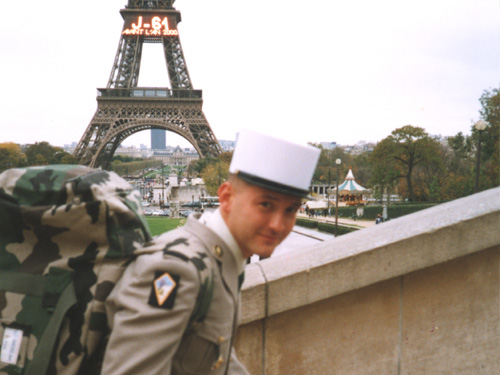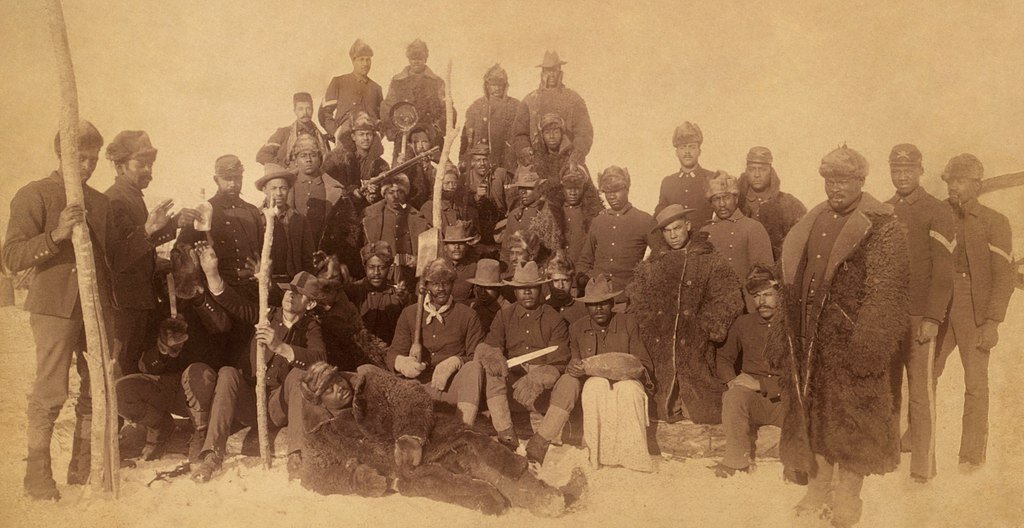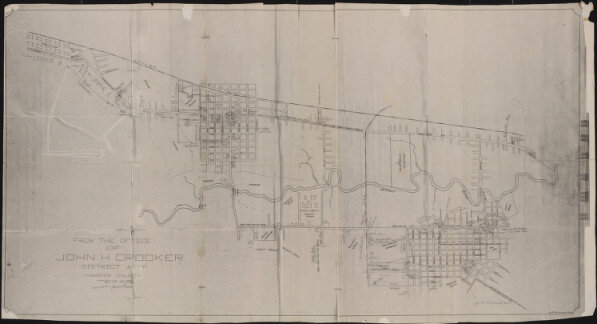Winner
2021 Nautilus Book Award, Silver Medal.
salado creek, texas, 1918…
Thirteen black soldiers stood at attention in front of gallows erected specifically for their hanging. They had been convicted of participating in one of America’s most infamous black uprisings, the Camp Logan Mutiny, otherwise known as the 1917 Houston Riots. The revolt and ensuing riots were carried out by men of the 3rd Battalion of the all-black 24th U.S. Infantry Regiment—the famed Buffalo Soldiers—after members of the Houston Police Department violently menaced them and citizens of the local black community. It all took place over one single bloody night.
In the wake of the uprising, scores lay dead, including bystanders, police, and soldiers. This incident remains one of Texas’ most complicated and misrepresented historical events. It shook race relations in Houston and created conditions that sparked a nationwide surge of racial activism. In the aftermath of the carnage, what was considered the “trial of the century” ensued. Even for its time, its profundity and racial significance rivals that of the O.J. Simpson trial eight decades later. The courts-martial resulted in the hanging of over a dozen black soldiers, eliciting memories of slave rebellions. But was justice served?
New evidence from declassified historical archives indicates that the courts-martial were rushed in an attempt to placate an angered white population as well as military brass. Mutiny of Rage sheds new light on a suppressed chapter in U.S. history. It also sets the legal record straight on what really happened, all while situating events in the larger context of race relations in America, from Nat Turner to George Floyd.
I am truly honored to have received a signed thank you note from Texas Governor Greg Abbott after I sent him a copy of my book Mutiny of Rage.
Court Martial of 64 members of the 24th Infantry. Trial started November 1, 1917








